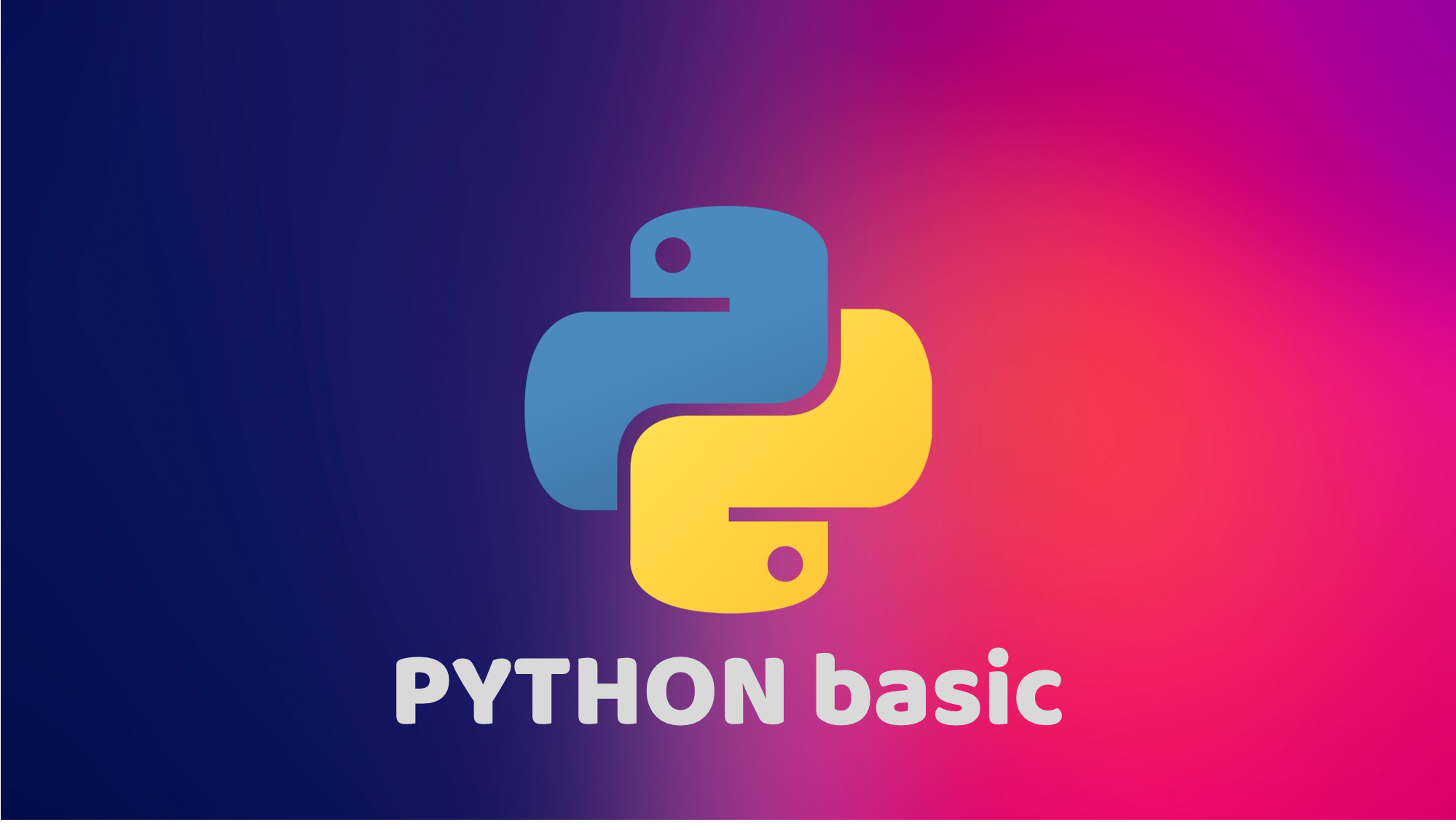🌈 클래스와 객체
🔥 클래스와 객체의 개념
🔥 클래스의 생성자
🔥 클래스 상속
🔥 메서드오버라이딩
1. 클래스와 객체의 개념
- 클래스가 붕어빵을 만드는 붕어빵 틀이라면, 객체는 붕어빵틀로 만든 붕어빵
- 즉, 클래스는 무언가를 계속해서 만들어 낼 수 있는 설계도이고, 객체는 클래스로 만든 피조물을 뜻함
- 동일한 클래스로 만든 객체들은 서로 전혀 영향을 주지 않음
✍🏻 python
#가장 기본적인 형태의 class class Fish_bread: pass a = Fish_bread() # a는 객체, a는 Fish_bread의 인스턴스 b = Fish_bread() # b는 객체, b는 Fish_bread의 인스턴스# 사칙연산 Class 만들어보기 : 생성자 없는 version(setdata) class FourCal: def setdata(self, first, second): self.first = first self.second = second def add(self): result = self.first + self.second return result def mul(self): result = self.first * self.second return result def sub(self): result = self.first - self.second return result def div(self): result = self.first / self.second return result a = FourCal() a.setdata(4,2) print(a.add()) # 6
2) 클래스의 생성자
- 객체에 setdata와 같은 메서드를 호출하여 초기값 설정할 수 있으나, 이는 번거로움
- 이를 개선하기 위해 객체가 생성될 때 자동으로 호출되게하는 생성자를 지정해 사용함
- 메서드 이름으로
__init__을 이용해 생성자를 만들 수 있음
✍🏻 python
# 사칙연산 Class 만들어보기 : 생성자 메서드(__init__) class FourCal: def __init__(self, first, second): # 객체가 생성되면 자동으로 생성자 호출 self.first = first self.second = second def add(self): result = self.first + self.second return result def mul(self): result = self.first * self.second return result def sub(self): result = self.first - self.second return result def div(self): result = self.first / self.second return result a = FourCal(4,2) # 4,2를 값으로 객체 a를 생성 print(a.first) # 4 print(a.second) # 2 print(a.add()) # 6 print(a.div()) # 2.0 print(a.mul()) # 8 print(a.sub()) # 2
3. 클래스 상속
- 클래스는 새로 클래스를 만들 때, 이전에 만들어 두었던 클래스의 기능을 상속받아 사용할 수 잇음
- 기존 클래스를 수정하거나 추가하면되는데 상속하는 이유는 종종 라이브러리 형태로 제공되거나 기존 클래스 변경을 하면 안될 경우가 있기 때문
✍🏻 python
# 사칙연산 Class 만들어보기 class FourCal: def __init__(self, first, second): # 객체가 생성되면 자동으로 생성자 호출 self.first = first self.second = second def add(self): result = self.first + self.second return result def mul(self): result = self.first * self.second return result def sub(self): result = self.first - self.second return result def div(self): result = self.first / self.second return result # # FourCal 클래스를 새로 생성한 MoreFourCal 클래스에 상속 # 기존 FourCal 클래스의 모든 기능을 사용할 수 있음 class MoreFourCal(FourCal): pass a = MoreFourCal(10,2) print(a.add()) # 12 print(a.div()) # 5.0 print(a.mul()) # 20 print(a.sub()) # 8
- 상속 받은 MoreFourCal 클래스에 제곱 기능 추가하기
✍🏻 python
# 사칙연산 Class 만들어보기 class FourCal: def __init__(self, first, second): # 객체가 생성되면 자동으로 생성자 호출 self.first = first self.second = second def add(self): result = self.first + self.second return result def mul(self): result = self.first * self.second return result def sub(self): result = self.first - self.second return result def div(self): result = self.first / self.second return result # # 제곱 기능 추가 : 생성자(__init__)까지 상속해 오기 때문에 생성자 선언할 필요 없음 class MoreFourCal(FourCal): def pow(self): result = self.first ** self.second return result a = MoreFourCal(10,2) print(a.add()) # 12 print(a.div()) # 5.0 print(a.mul()) # 20 print(a.sub()) # 8 print(a.pow()) # 100
4. 메서드 오버라이딩
- 자식 클래스에서 부모 클래스와 동일한 메서드명을 가지고 다른 기능을 수행해야 하게 할 때
- 즉, 부모 클래스로부터 상속된 메서드를 자식 클래스에서 새롭게 정의할 때 메서드 오버라이딩 사용
- 이처럼 동일한 이름으로 메서드를 덮어쓰기하는 것을 메서드오버라이딩라고 함
✍🏻 python
# 사칙연산 Class 만들어보기 class FourCal: def __init__(self, first, second): # 객체가 생성되면 자동으로 생성자 호출 self.first = first self.second = second def add(self): result = self.first + self.second return result def mul(self): result = self.first * self.second return result def sub(self): result = self.first - self.second return result def div(self): result = self.first / self.second return result # # 메서드 오버라이딩 # 똑같은 div란 메서드를 이용하는데 0으로 나눠도 오류가 안뜨게끔 메서드 수정 class SafeFourCal(FourCal): def div(self): if self.second == 0: return 0 else: return self.first / self.second a = SafeFourCal(10,0) print(a.div()) # 0

